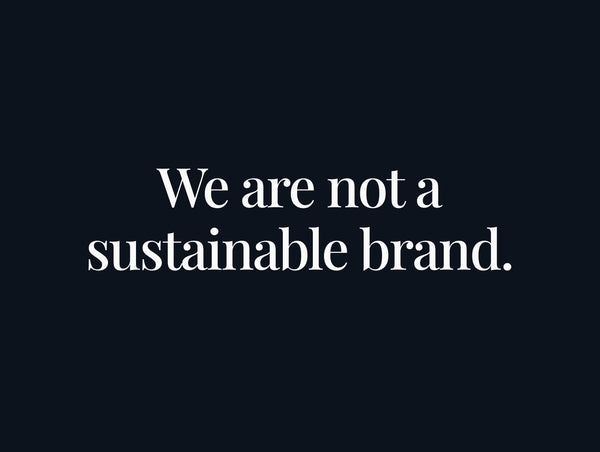Seventy per cent of the earth’s surface is covered by water, yet the oceans produce just two per cent of our food. To account for this shortfall, we rely on 40% of the earth’s land for agriculture, which simultaneously devours 75% of the world’s freshwater.

So, how do we begin to transform these worrying figures? With some scientists predicting that by 2050 we could be facing fishless oceans, increased fishing clearly isn’t the answer. Seaweed may be the answer.

Seaweed farming is simple and sustainable, requiring neither fertilizer nor freshwater, and has a negative footprint by absorbing dissolved nitrogen, phosphorous, and carbon dioxide directly from the ocean. Scientists estimate if we increase seaweed production by just 15 per cent a year (the current pace is nine per cent), by 2050 seaweed could remove 18 per cent of the nitrogen and 61 per cent of the phosphorous discharged annually into the ocean by fertilizers, as well as six per cent of the ocean’s emissions-related carbon.
Add in the fact that it grows fast (some strains of kelp grow ¾ of an inch per day), can serve as a reef for hundreds of marine species, and is healthy to eat, with high concentrations of protein, Vitamin B12, and trace minerals, and it’s hard not to get excited.
So, what can you do to reverse the strain on our water supply and ensure future generations a safe and sustainable food supply? Donate time or money to an organization like Green Wave, which utilizes an award-winning ocean farming method and helps novices and former fishermen alike become seaweed farmers themselves. Next time you’re in the grocery store, try the seaweed snacks.














